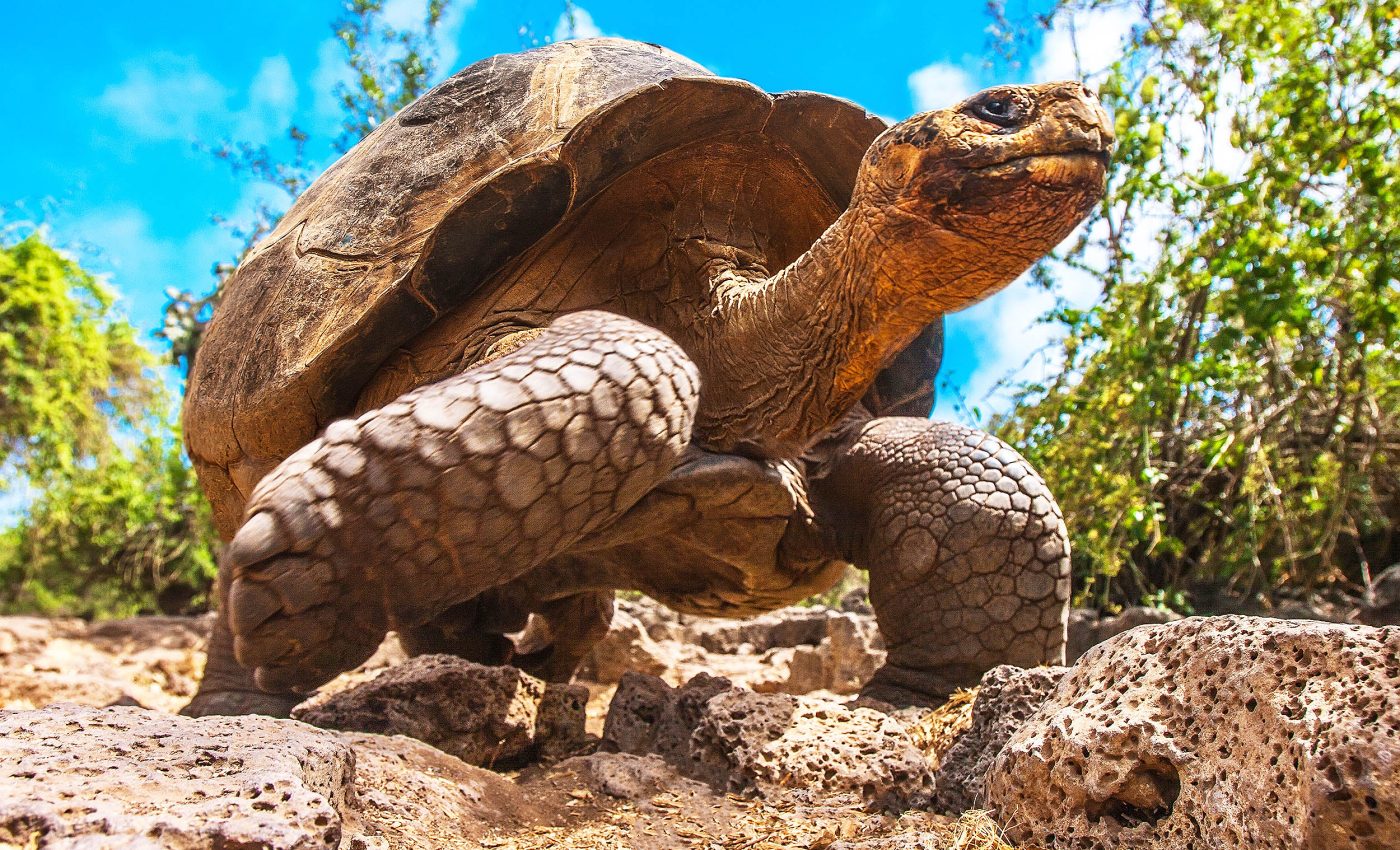
Turtles and tortoises may hold the secret to cancer prevention in humans
For centuries, turtles have fascinated people with their remarkably long lifespans. A new study reveals something even more extraordinary. Cancer is extremely rare in turtles, which makes them a promising model for cancer research.
The study, led by Dr. Ylenia Chiari at the University of Nottingham, shows that cancer affects only about 1% of turtles. This rate is much lower than in mammals or birds.
The team analyzed decades of health records from zoos across Europe and the United States, including Chester Zoo.
The findings suggest that turtles could help scientists learn new ways to prevent or fight cancer in humans.
Turtles rarely get cancer
The experts reviewed necropsy records from hundreds of zoo turtles. According to the detailed analysis, only about 0.34% of the turtles examined showed any abnormal growth.
Cancer cases were even rarer. Most cancers found were isolated cases, and they rarely spread. Turtles show no clear pattern of cancers affecting specific organs.
Compared to mammals and birds, turtles remain outliers. Mammals have average cancer rates of 10 percent, while birds have rates around three percent. By contrast, cancer rates in turtles are consistently under one percent.
Turtles have strong cancer defense
Turtles have slow metabolisms and strong defenses against oxidative stress. These traits reduce cellular damage over time.
Genomic studies revealed that turtles, especially Galapagos and Aldabra giant tortoises, have unique genetic mutations. These mutations enhance tumour suppression and help maintain DNA stability.
Functional tests on Galapagos giant tortoise cells showed an ability to trigger cell death early. This prevents damaged cells from becoming cancerous. Turtles also exhibit robust antioxidant responses, even under stress.
Turtles’ low metabolic rates also limit the buildup of harmful byproducts. This may explain their strong cancer resistance.
Turtles stay cancer-free despite size
Turtles challenge common biological patterns. Large, long-lived species often have higher cancer risks because of more cells. But turtles defy this rule.
Some species, like Galapagos and Aldabra tortoises, weigh over 660 pounds. Others, such as leatherback sea turtles, can exceed 1,100 pounds. Still, their cancer rates remain extremely low.
“Turtles, especially iconic species like Galapagos and Aldabra giant tortoises, are famous for living long lives and growing to tremendous sizes,” noted Dr. Chiari.
“You’d expect that to mean more cancer, but our study, which combines decades of zoo records with previous research, shows how incredibly rare cancer is in these animals.”
Dr. Chiari said that the study highlights turtles as an untapped model for understanding cancer resistance and healthy aging, and it shows the vital role zoos play in advancing science through collaboration.
Turtle secrets and medical insights
According to study lead author Dr. Scott Glaberman from the University of Birmingham, biodiversity has a lot to teach us about how the world works.
“While fascinating in their own right, extreme species like giant tortoises may have already solved many of the problems humans face, including those related to aging and cancer. That makes biodiversity doubly worthy of protection,” said Dr. Glaberman.
Dr Helena Turner, Research Officer at Chester Zoo, said her team has been long been committed to detailed health monitoring and the long-term care of their animals.
“It’s fantastic to see these efforts not only contribute to advancing scientific knowledge around cancer resistance but also support vital conservation work to protect these remarkable species that may hold keys to medical breakthroughs benefiting both wildlife and humans,” said Dr. Turner.
Studying turtles in the wild
Much of the current data comes from zoo populations. Zoo turtles often live longer than wild ones. This could increase chances of detecting cancer. However, researchers still lack cancer data from wild turtles.
Tracking turtles across their long lifespans remains difficult. Many species live as long as humans. Without decades of monitoring, it is hard to collect enough data.
Researchers suggest using turtle cell lines for laboratory studies. These experiments could reveal how turtle cells respond to stress, DNA damage, and other cancer-related triggers.
Such studies may unlock hidden mechanisms behind turtles’ resistance to cancer and aging. Insights from turtles could help both human medicine and wildlife conservation.
Conservation efforts remain critical
Many turtle species face extinction threats. The IUCN Red List categorizes several as Endangered or Critically Endangered.
Threats include habitat loss, illegal wildlife trade, and climate change. Many zoos in the study also lead breeding programmes to save these species.
Protecting turtles could also protect vital genetic secrets that benefit human health. Their remarkable resistance to cancer makes their conservation even more urgent.
The study is published in the journal BioScience.
—–
Like what you read? Subscribe to our newsletter for engaging articles, exclusive content, and the latest updates.
Check us out on EarthSnap, a free app brought to you by Eric Ralls and Earth.com.
—–













